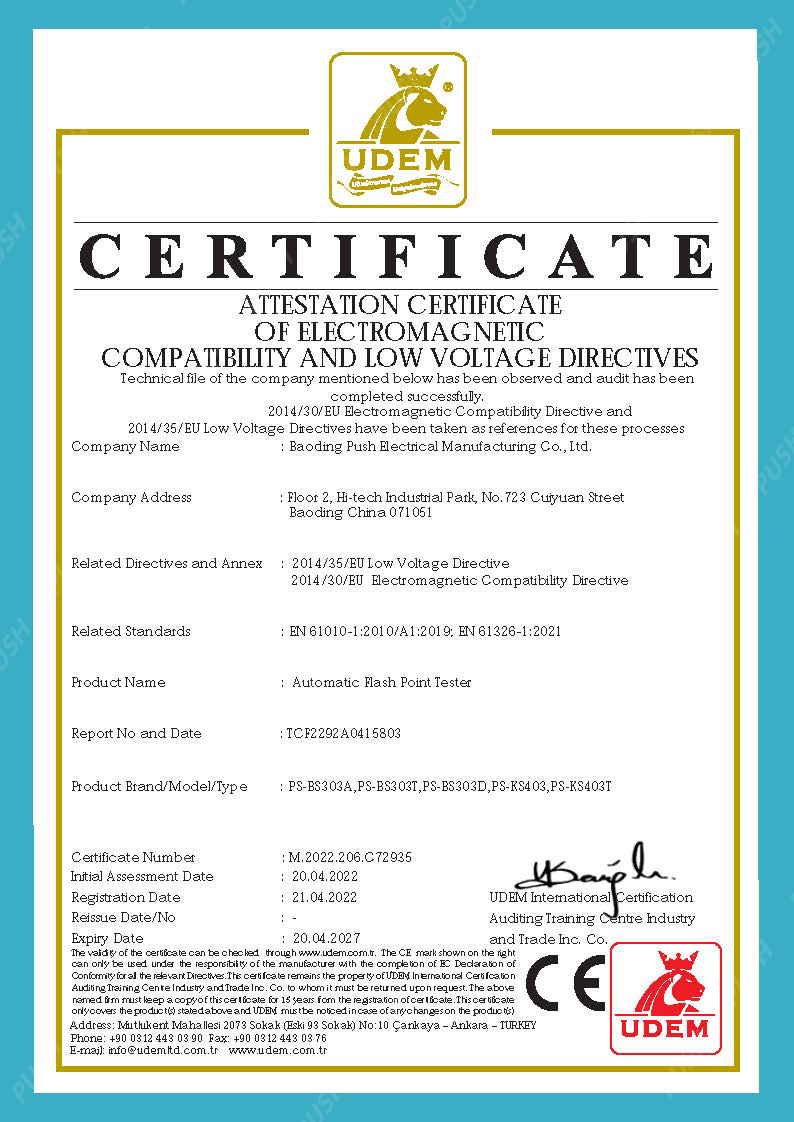 English
English


Measuring Winding Resistance in Transformers for Efficient Performance Evaluation and Maintenance
Measurement of Winding Resistance of Transformers
The winding resistance of a transformer is a critical parameter that influences its efficiency and performance. Understanding and accurately measuring this resistance is essential for the reliable operation of transformers in various applications, including power generation, transmission, and distribution. This article delves into the importance of winding resistance measurement, the methods used, and the implications of the results.
Winding resistance refers to the opposition to the flow of electric current within the transformer windings, primarily caused by the resistance of the copper or aluminum conductors used in the windings. It is essential to measure this resistance to assess the condition of the windings, detect any possible issues such as insulation failure or short-circuits, and determine the operational efficiency of the transformer. An increase in winding resistance can indicate wear, overheating, or moisture ingress, making regular measurement crucial for predictive maintenance.
There are several methods to measure winding resistance, with the most common being the DC resistance test. In this method, a direct current is passed through the windings, and the voltage drop is measured to calculate the resistance using Ohm's law (R = V/I). This method is preferred due to its simplicity and the accuracy it provides. However, care must be taken to ensure that the transformer is de-energized during the test to avoid any electrical hazards.
measurement of winding resistance of transformer

Another method is the AC resistance measurement, which is usually less common but can be beneficial in certain situations. AC resistance measurements take into account the skin effect and proximity effect that occur at higher frequencies, which can lead to slightly different results than DC measurements. This approach may be useful for transformers operating at high frequencies or under specific load conditions.
Once the winding resistance is measured, it is vital to compare the results with the manufacturer's specifications and previous measurements. Deviations from the expected values can indicate potential issues that warrant further investigation. Regular monitoring of winding resistance can help identify trends over time, improving maintenance strategies and extending the transformer's lifespan.
In conclusion, measuring the winding resistance of transformers is a fundamental aspect of maintaining their efficiency and reliability. Utilizing appropriate measurement techniques and interpreting the results accurately allows for effective maintenance and operation, ultimately ensuring the longevity of transformers in electrical systems. As the global demand for energy continues to rise, the importance of transformer management and monitoring cannot be overstated.
-
Differences between open cup flash point tester and closed cup flash point testerNewsOct.31,2024
-
The Reliable Load Tap ChangerNewsOct.23,2024
-
The Essential Guide to Hipot TestersNewsOct.23,2024
-
The Digital Insulation TesterNewsOct.23,2024
-
The Best Earth Loop Impedance Tester for SaleNewsOct.23,2024
-
Tan Delta Tester--The Essential Tool for Electrical Insulation TestingNewsOct.23,2024





